
Note: Many of my clients are scholars and researchers seeking specific information related to their field of interest. For their convenience I include the following details directly from this book:
Places and Historical Subject Matter Discussed/Illustrated in this Book (See Full Contents Below): Life of Sitting Bull W. Fletcher Johnson Red Record of the Sioux Biography American Indian Wars Western Old West United States Hunkpapa Lakota Sioux Nation Standing Rock Indian Reservation North South Dakota Medicine Man Ghost Dance Messiah Craze Prophet General George Armstrong Custer 7th Cavalry Little Bighorn Big Horn Massacre Fort Ellis Black Hills General Terry Little Big Man General Phil Kearney Sheridan Indian Fighters Fort Randall General Nelson Miles General Schofield Indian Holy Land Red Pipe Stone Flood Myth Sioux Language Battles War Paint Scalping Pawnee Indians Feasting Dancing Ghost Dances First Sioux War General Sibley Campaign Military Army Cavalry American Horse The Bad Lands Squaw Dances Fire Water Rushville Red Cloud Oglala Dakota Red Cloud’s War Sioux Warriors Leaders Little Wound Yellow Bear Young-Man-Afraid-of-His-Horses Otti the Shoshone High Bear American Horse John GrassGall Spotted Tail Pine Ridge Rosebud Indians Buffalo Bill Wild West Show Plenty Bear Killing of Sitting Bull Fort Yates Big Foot Red War Colonel Forsythe Wounded Knee Massacre Captain Wallace Powwow Brule Indians Indian Bureau
The Red Record of the Sioux. LIFE OF SITTING BULL. And History of the Indian War of 1890-91. A Graphic Account of the Life of the Great Medicine Man and Chief Sitting Bull; His Tragic Death; Story of the Sioux Nation; Their Manners and Customs, Ghost Dances and Messiah Craze; Also a Very Complete History of the Sanguinary Indian War of 1890-91. By W. Fletcher Johnson. Profusely Illustrated. © 1891 Published by Edgewood Publishing Company. 8” x 5” cloth hardcover edition. Illustrated with half-tone photos, etc. 606 pages.
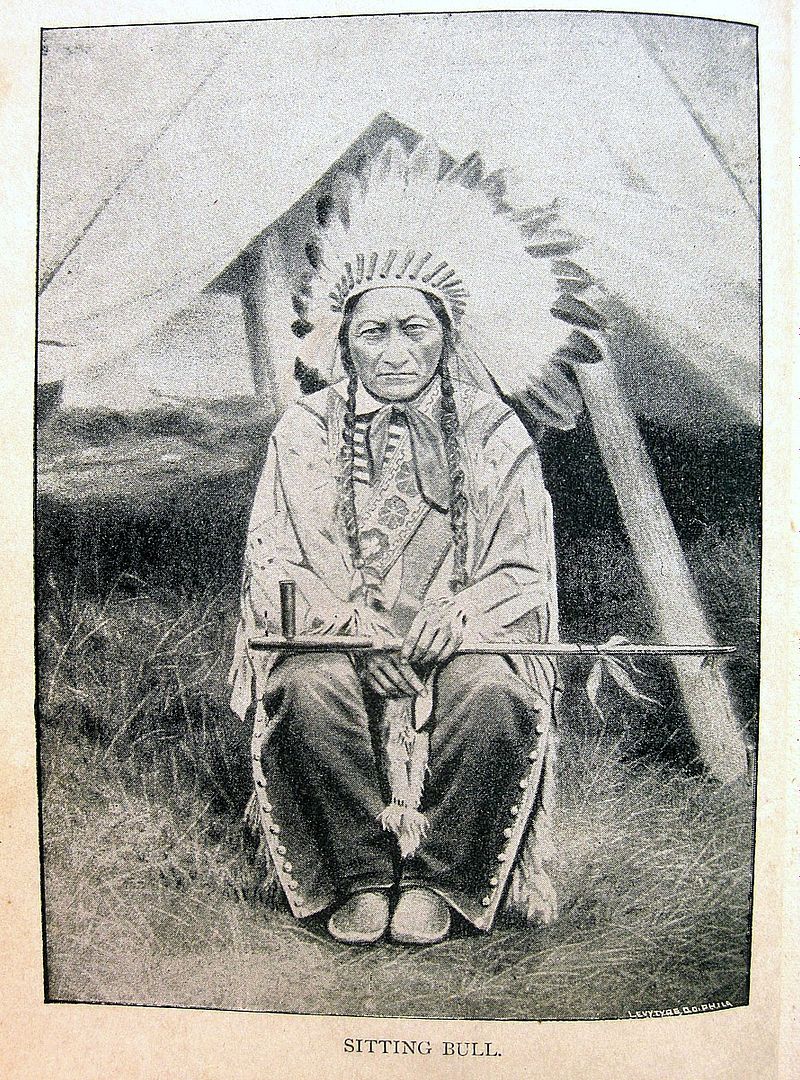
Condition: FAIR CONDITION. Exterior has wear as shown in photo. Inner hinges tender but not cracked, binding a bit shaken but holding well. Pages are clean with occasional thumbing. No torn, loose or missing pages. Overall a good, useful example of this rare 1891 Indian wars title.DESCRIPTION:
This is a detailed period biography of Sitting Bull, one of America’s most famous Indian chiefs. It follows his rise to power as a leader of the Sioux , the massacre of Custer at Little Big Horn, the Indian wars of the 1880s and his presence at government reservations, culminating with his murder and the massacre at Wounded Knee in 1890.
This book was published in 1891, shortly after Sitting Bull’s death and the slaughter at Wounded Knee. Its value lies in the fact that it is a contemporary relation of the events of those years, reflecting prevailing attitudes of the times. Some passages are quite stark in the graphic way they describe the brutalities perpetrated by each side during the Indians wars.
The book also features more than 30 full-page photos and illustrations.
The author writes in the Preface:
It is the object of the present volume to relate the story of the Sioux, mor properly of the Dakota Indians, and our relations with them. Of all the aboriginal people, they were the greatest,-- the bravest in war, the wisest in peace, the most powerful in body, the most advanced in mind. As possessors of the famed Red Pipe Stone Quarry, the Indian Meeca, where Gitche Manito the Mighty, revealed himself to man, they have cherished and developed far more than any others the myths and legends of the Indian race. The foremost leaders of aboriginal civilization, they have longest resisted the inflowing tide of alien civilization brought thither by the Puritan and the Cavalier.The name of Sitting Bull must be as famous as that of Tecumseh, of Red Cloud, as that of Black Hawk or Massasoit. The Sioux massacres of 1862, make Wyoming seem commonplace, and the last rally of Custer at the Little Big Horn fight has no parallel in all the annals of our Indian wars. Nor is the long drama drawn to an unworthy close by the weird Ghost Dances, the death of Sitting Bull and the mad slaughtering at Wounded Knee.
It is the present purpose to record this history before the blood of the last grim chapter shall have grown dry … The views of both friends and foes of the Indian are given a fair hearing, nothing extenuated, nothing set down in malice. In years to come, when some metempsychosis shall have translated passion into philosophy, a more discerning judgment may record in other terms these same events. For this day and this generation we can only tell the story as it comes to us in the echoes of war, in the prayer for relief, in the cry of despair.
In order to give you the most accurate description of this important title, I have provided some helpful details below, including a detailed rendering of the contents, followed by a roster of the many photos and illustrations contained in the book. You can even see some of these historic images further down this page.
I hope you’ll take a few moments to have a look.
Contents Are:
CHAPTER ONE ~ AUTOBIOGRAPHY: A unique history in pictures * The Chief’s own story of his bloody and lawless career * Killing enemies and stealing mules * Many different stories of his life * Was he a West Point graduate? * Startling theory of an Army officer
CHAPTER TWO ~ MEDICINE MAN AND WARRIOR: The true story of Sitting Bull’s life * Son of a rich chief * A buffalo hunter at ten years old * His three wives and nine children, including twins * How he gained surpreme sway among the Sioux * What it is to be a medicine man
CHAPTER THREE ~ THE SAVAGE IN SOCIETY: His visit to a camp at Fargo * Ashamed of his primitive garb * His first suit of white man’s clothes * A discomfited young clergyman * The Indian at dinner * His first look in a mirror * Autograph selling
CHAPTER FOUR ~ THE FOE OF THE WHITE MAN: Fort buford’s ghastly tragedy * An accomplished cattle thief * Contempt for pale faces * Opposing invasion of his territory * The Fort Ellis episode * A pen and ink sketch of the savage chief
CHAPTER FIVE ~ THE LITTLE BIG HORN: Sitting Bull at the height of his power * The rush for the Black Hills * Ineffectual negotiations * Sitting Bull’s defiant answer to a summons * Preparations for a great struggle * How the three divisions of Army marched into the Indians’ country
CHAPTER SIX ~ CUSTER’S LAST RALLY: Departure of the cavalry * March of the infantry * First news of the disaster * The rescue * Story of the battle * Reno’s force rescued twice * How Custer fought to the endd
CHAPTER SEVEN ~ THE DEATH OF CUSTER: Two stories of the grim tragedy * General Terry’s official report * The desperate march to the relief of Reno * Narrative of 0ld Nick Genneiss * A picture record by Little Big Man
CHAPTER EIGHT ~ CUSTER: The beau sabreur of the army * Brilliant services as a cavalry officer in many battles during the Rebellion * The comrade of Phil. Kearney and General Sheridan * His work as an Indian fighter * A soldier who never knew what fear was, and who never lost a gun or a color until his last battle
CHAPTER NINE ~ IN EXILE: Unfounded rumors of Sitting Bull’s death * His retreat into Canada * Visited there by government commission * His defiant refusal to return home * Speeches by the chiefs * Sitting Bull’s own words
CHAPTER TEN ~ THE MIGHTY FALLEN: Sitting Bull ruined by his flight to Canada * His followers starved into mutiny against him * The return to Dakota * The fate of his daughter, Sleeping Water * A van appeal * Taken to Fort Randall as a prisoner of war
CHAPTER ELEVEN ~ THE LAST CAMPAIGN: Sitting Bull involved in the Messiah Craze * His hope of regaining his old position * Plots and disaffection * Visited by a young lady missionary * Agent McLaughlin’s visit * The Ghost Dances * Sitting Bu1l’s remarkable proposition
CHAPTER TWELVE ~ DEATH OF THE GREAT CHIEF: General Miles gave the word for his arrest * Was it intended to kill him, rather than take him alive? * Indian police led the way * The arrest and attempted rescue * The fatal shot * Another account of the tragedy * Disposition of his remains
CHAPTER THIRTEEN ~ TRIBUTES TO HIS MEMORY: His niece’s indignation and grief * A senator’s attempt to be funny over a tragedy * Buffalo Bill’s tribute * General Schofield’s views * Adirondack Murray’s eloquent prose and rebuke * Sitting Bull compared with Webster and Gladstone
CHAPTER FOURTEEN ~ THE SIOUX NATION: Mightiest of all the native tribes * Neetmok * Longfellow’s “Minnehaha” * Subdivisions of the tribe * Catlin’s account of them a century ago * Not drunken, nor naked, nor poor * A more recent and less friendly view
CHAPTER FIFTEEN ~ LEGENDS AND CREEDS: The Indian Holy Land, the Mountains of the Prairies * The Sioux Story of the Flood * Origin of the Red Pipe Stone * Indian love of the mysterious * Their ideas of future life * Their code of worldly ethics vindicated
CHAPTER SIXTEEN ~ IN PEACE AND WAR: The Sioux Language * The Indian’s sense of humor * “Old Hundred,” “Come to Jesus” and the Lord’s Prayer in Sioux * War paint on the braves * A battle with the Pawnees * The value of a scalp * A leisurely interview with a busy secretary
CHAPTER SEVENTEEN ~ FEASTING AND DANCING: Conspicuous Features of Indian Public Life * A grand festival in the Olden time * The speech of welcome * Stewed dog the leading dish * The grass dance of the two kettles and its accompanying feast of dog * Dancing extraordinary * The Bear Dance, Beggar’s Dance, Scalp Dance and Sun Dance
CHAPTER EIGHTEEN ~ THE GHOST DANCES: A memorable season in Indian history * Prophecies of the coming of the Messiah * The Ghost Dances intended to prepare for his advent and to bring the people into communication with him * Porcupine’s story of the Messiah and his command for the Dance
CHAPTER NINETEEN ~ THE INDIAN MESSIAH: Sincerity of the belief in him * When and where he was first heard of * Porcupine’s visit to him * What he said to the Indians * Bad record of the Messiah * His complicity in the White River Massacre * Another account of him
CHAPTER TWENTY ~ INDIAN WARS: A shameful record * $1000 spent for every Indian in the country * The long catalogue of conflicts and expenses * Fearful cost in life and limb as well as money and national honor
CHAPTER TWENTY-ONE ~ THE FIRST SIOUX WAR: Provoked by white men * Narrative of one who was there * Indescribable outrages perpetrated by the savages upon women and children * A city of death * General Sibley’s campaign * Sentences of the ringleaders
CHAPTER TWENTY-TWO ~ CAUSES OF THE LAST WAR: What the Indians say * Father Jule’s interview with the chiefs * The census * Broken faith and diminished supplies Letter from American Hors * The Indians’ stories confirmed by government reports
CHAPTER TWENTY-THREE ~ EFFORTS FOR PEACE: Mrs Weldon’s remarkable mission to the camp of Sitting bull * Her desire to confront the prophet of the Messiah * Forced to flee for safety * Her views of the situation * Her life in Dakota
CHAPTER TWENTY-FOUR ~ THE SEAT OF WAR: Pine Ridge Reservation and Agency * The gardens and the buildings * Dr Mcgillicudy’s administration * The Catholic Mission School * Some account of the Bad Lands * A truly horrible religion
CHAPTER TWENTY-FIVE ~ LIFE AT PINE RIDGE: Experience of the war correspondents * Trying to take a picture * The squaw dances * Firewater with a vengeance * The Indian boys * Married life
CHAPTER TWENTY-SIX ~ INDIANS AND SETTLERS: Mixed civilization at Rushville * The cowboy at home * Indian loafers * The cigarette habit * Stories of a veteran frontiersman * Unappreciated architecture * White ghost * Badly scared
CHAPTER TWENTY-SEVEN ~ RED CLOUD: A leader of the hostile Indians * His treacherous nature * Romantic story of his early years * A mission teacher’s account of him * His deceitful words to a visitor and his letter to a friend
CHAPTER TWENTY-EIGHT – THE LEADERS OF THE SIOUX: Little Wound and his lieutenants * Yellow Bear * Young-Man-Afraid-of-His-Horses * Otti, the Shoshone * High Bear *American Horse * John Grass, the Indian judge * Gall, the greatest of the Sioux warriors and generals * Spotted Tail’s eloquent speech
CHAPTER TWENTY-NINE ~ THE BEGINNING OF WAR: Dakota settlers panic stricken * General Miles on the situation * Pine Ridge regarded as the fatal point * Rosebud Indians break loose * Troops hurried to the scene * A coal mine for a fort * A night’s alarm * A much-scared soldier * Governor Mellette’s letter
CHAPTER THIRTY ~ FROM BAD TO WORSE: An ominous Thanksgiving * Scenes at an issuing of beef * Buffalo Bill * Plenty Bear’s report Medicine that was not bullet proof * An era of uncertainty and lies * Two deeds determined upon
CHAPTER THIRTY-ONE ~ DELAY AND DISASTER: Waiting for something to turn up * Increased rations come too late * Depredations by the hostiles * A fruitless powwow at Pine Ridge * The Indians fighting among themselves * Troops hurrying onto the Bad Lands
CHAPTER THIRTY-TWO ~ CATASTROPHE: The killing of Sitting bull and the results thereof * Numerous affrays * A council at Pine Ridge * Sitting Bull’s ghost * Big Foot and his men come in * Arrest of a pretended Messiah * Hemming in the hostiles * The whole band captured
CHAPTER THIRTY-THREE ~ THE RED WAR: Colonel Forsythe takes command at Wounded Knee * The Indians suspicious and uneasy * Preparations to disarm them * A desperate outbreak * The Indians outnumbered and slaughtered without mercy * Incidents of the battle * Death of Captain Wallace * List of the killed and wounded * Elaine Goodale’s report
CHAPTER THIRTY-FOUR ~ FATHER CRAFT AND HIS WORK: A devoted priest * Descendant of a Seneca chief and a successor of Spotted Tail as chief of the Brules * His interview with Red Cloud * Arraignment of the Government
CHAPTER THIRTY-FIVE ~ AFTER THE BATTLE: A profound sensation caused * Varying comments and prophecies * Alarm at Pine Ride * List of the troops in service * Murder of Lt. Casey * Agent Royer removed * Red Cloud’s flight * The case of Col. Forsythe
CHAPTER THIRTY-SIX ~ DOUBT AND FEAR: Losing faith in Indian promises * Strange scenes in church * A wagon train attacked * A midnight Powwow * Two daredevil Brules * The fortifications * An unexpected advance * Much talk but little action
CHAPTER THIRTY-SEVEN ~ IN AT LAST: The hostiles come to Pine Ridge * A motley procession * Their weapons left behind, hidden away * What the chiefs said * General Miles’ generous conduct * Troops returning home * A delegation of Indians on their way to Washington * Letter from Buffalo Bill
CHAPTER THIRTY-EIGHT ~ WHO SHALL BE THE VICTIM: Discussion of the Indian question by the Rev W H Hare, Missionary Bishop * How the trouble was brought about, and who should be held responsible for it * Reflections inspired by the conflict at Wounded Knee
CHAPTER THIRTY-NINE ~ THE INDIAN IN CONGRESS: Starved into hostilities * Crime toward the Indians * Difficulty with the Indian service * Went to his grave through grief * The bane and curse of the Indians * They have nothing to eat * Go upon the war path * Lack of proper provisions * Doherty’s description * Accept any proposition * The Sioux are starving * Solving the Indian question * Most pious hypocrite * Propose an investigation * Greatest Indian that has lived
CHAPTER FORTY ~ THE INDIAN BUREAU: Shall it be under civil or military control? * Record of the Army? * General Grant’s experiment * Improvements in the administration * Census of the Indians * Many Indians civilized and prosperous
CHAPTER FORTY-ONE ~ DOCUMENTS IN THE CASE: General Miles’s address to his soldiers on the close of the war * An official outline of the campaign * Regret for fallen comrades * Thanks for efficient service * Letters from a missionary and from a bishop
CHAPTER FORTY-TWO ~ INDIAN EDUCATION: Views of Capt R H Pratt of the Carlisle Indian School * Young Indians educated there do not return to barbarism * Very few cases where training has not had permanently good results * Growth of civilization among the Indians * Urgent need that the tribal system be abolished
CHAPTER FORTY-THREE ~ WHAT OF THE FUTURE: The causes of Indian discontent and the remedies that should be applied * Views of the Indian Rights Association * An object lesson from the San Carlos Reservation * The Chiricahua tribes * Swindling the Indians * Character if the frontiersman * Family affection among the Indians * Lack of appreciation of the power of the whites
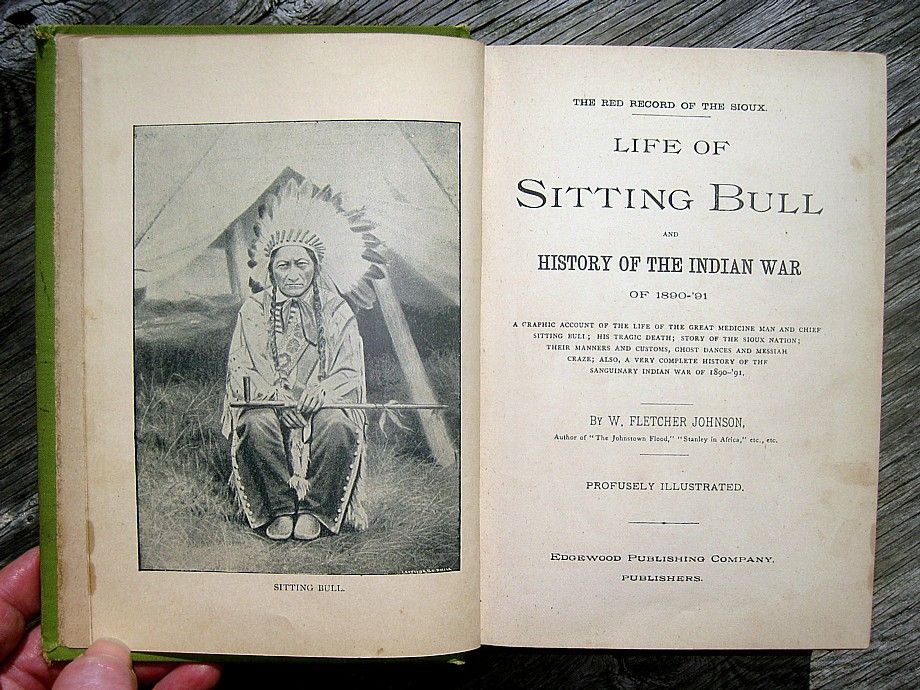

(Note: Some of the photos below are from one of my previous sales of this title on eBay. I use them as a time-saver, since the same illustrations are featured in the book currently at auction. There may be slight variations in foxing/toning, etc.)
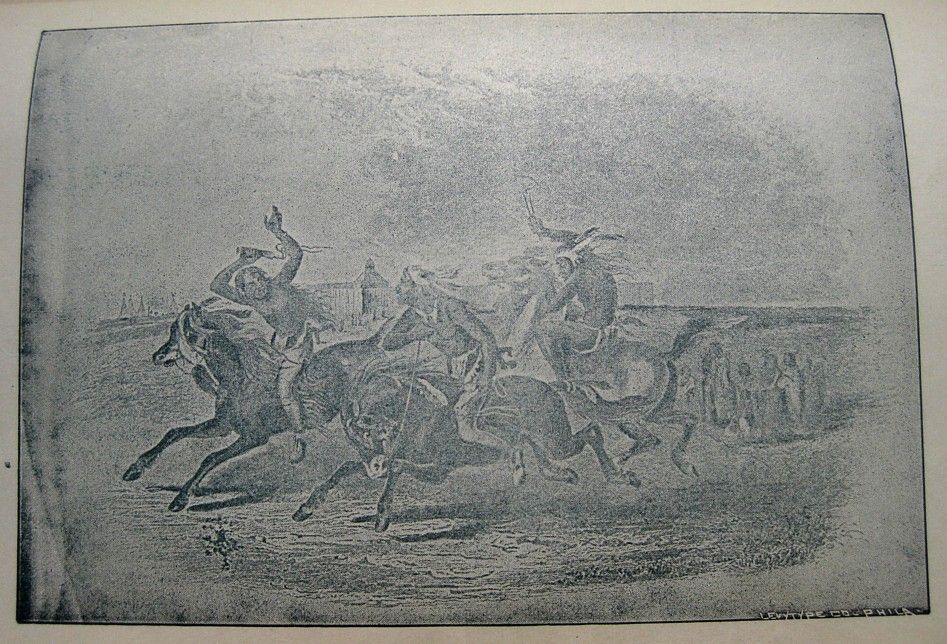

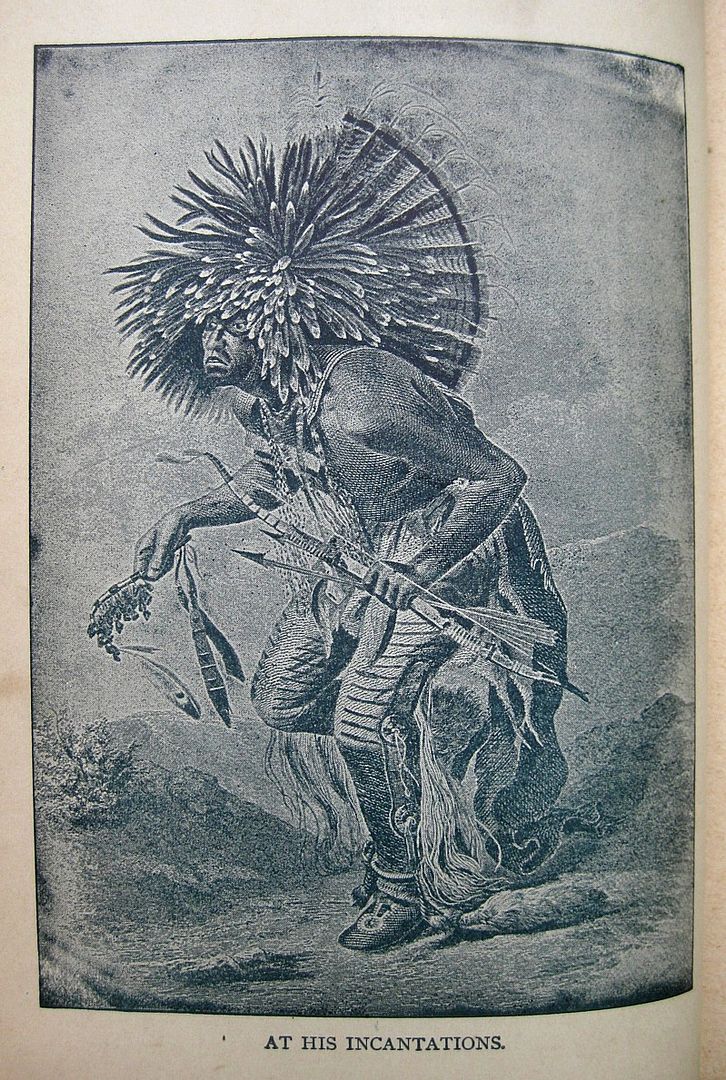
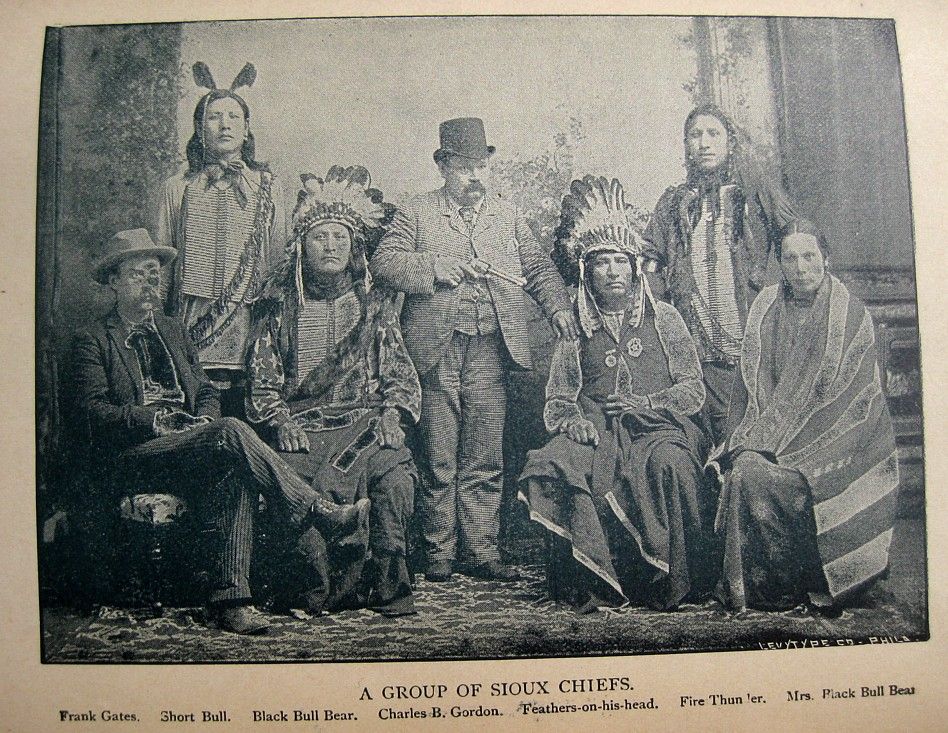
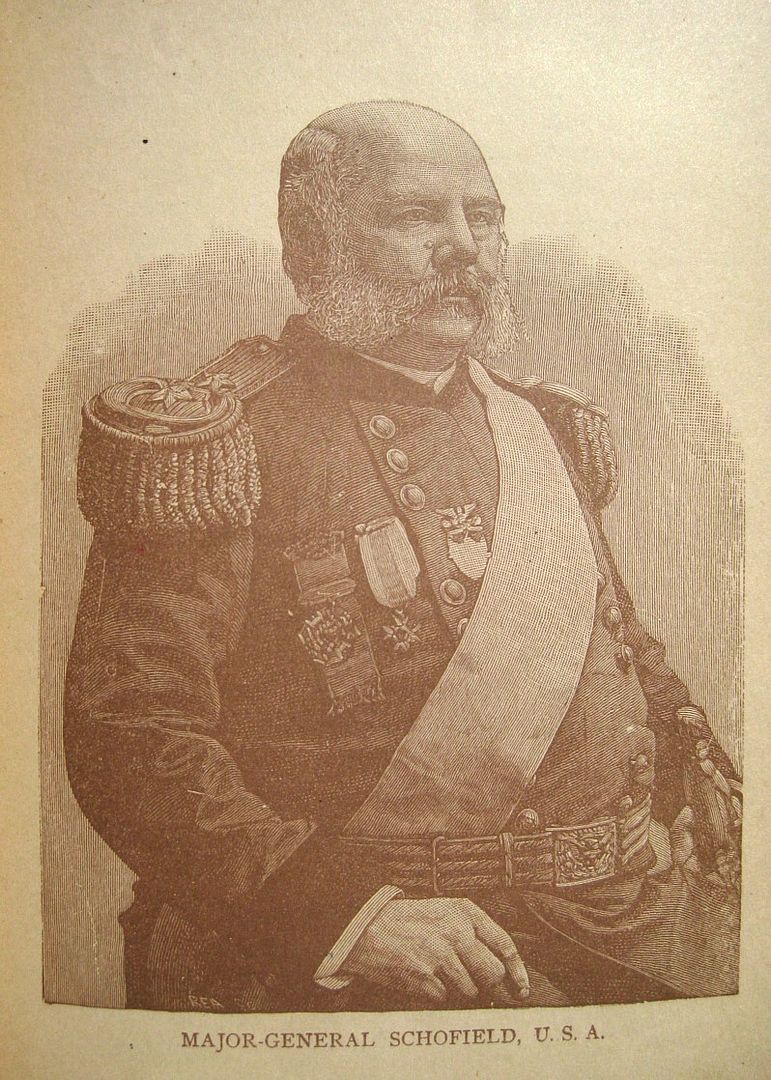


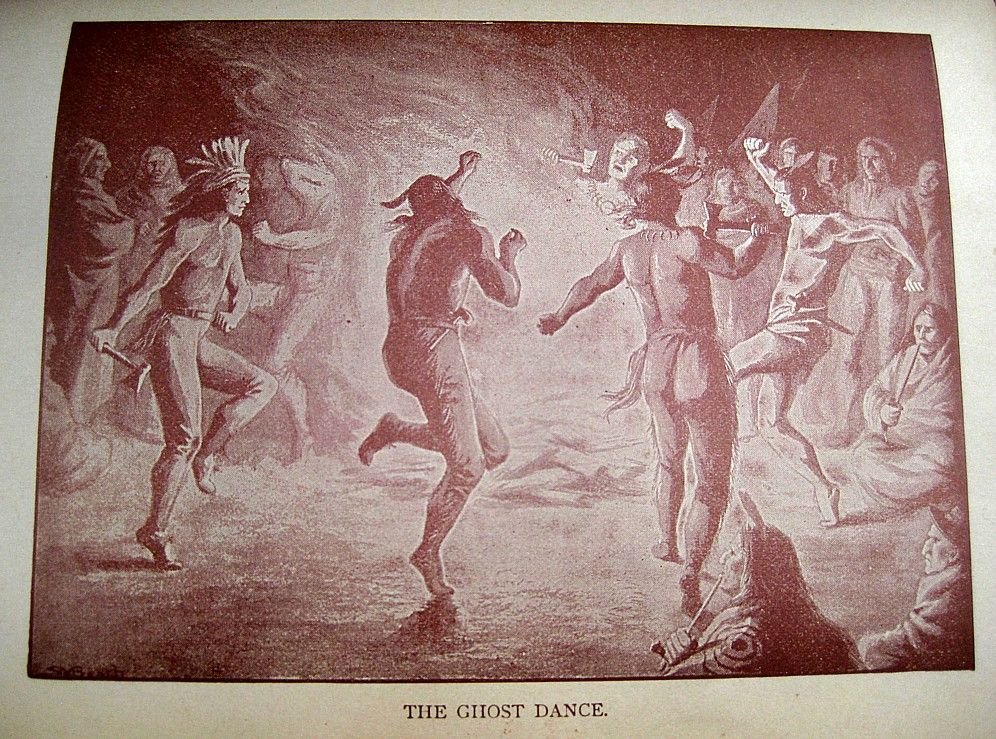
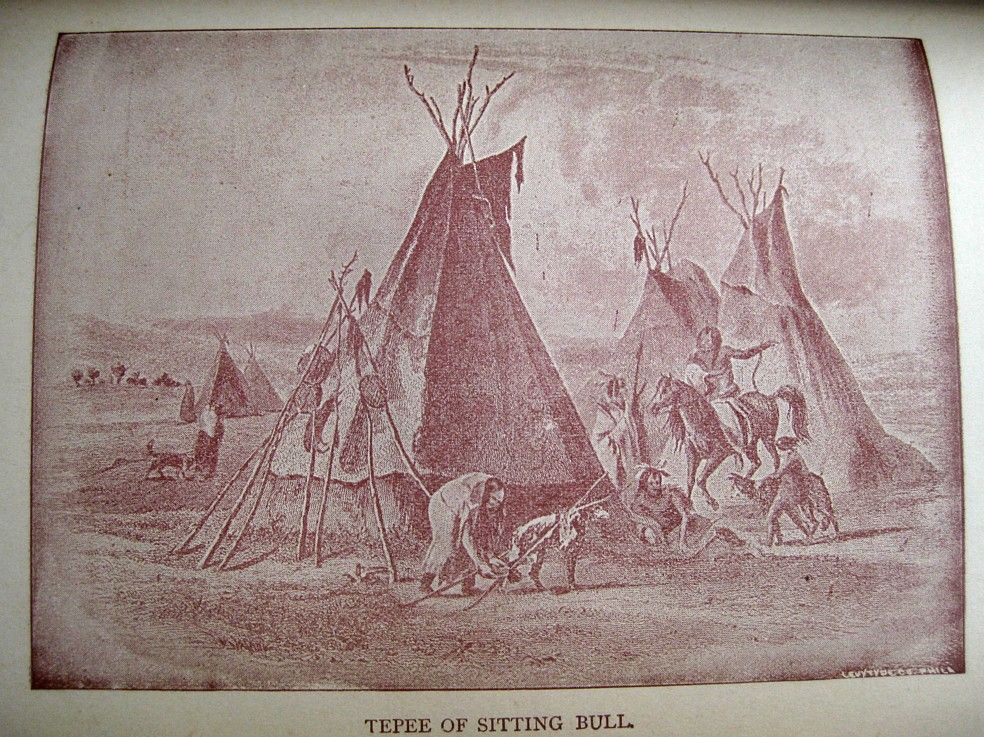
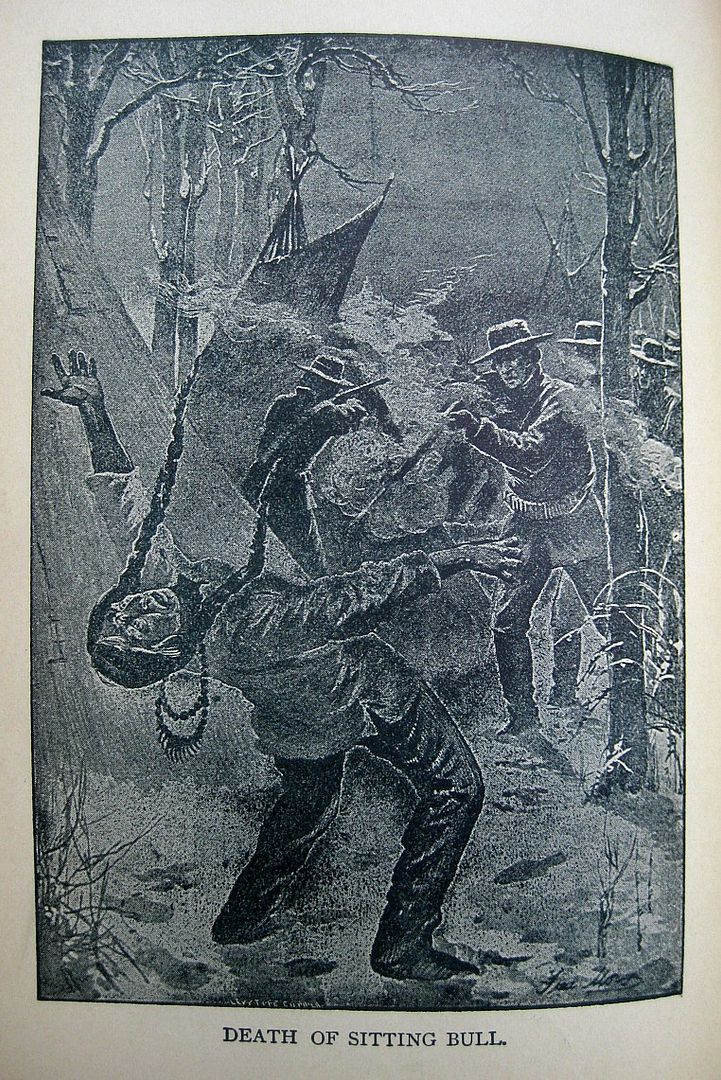
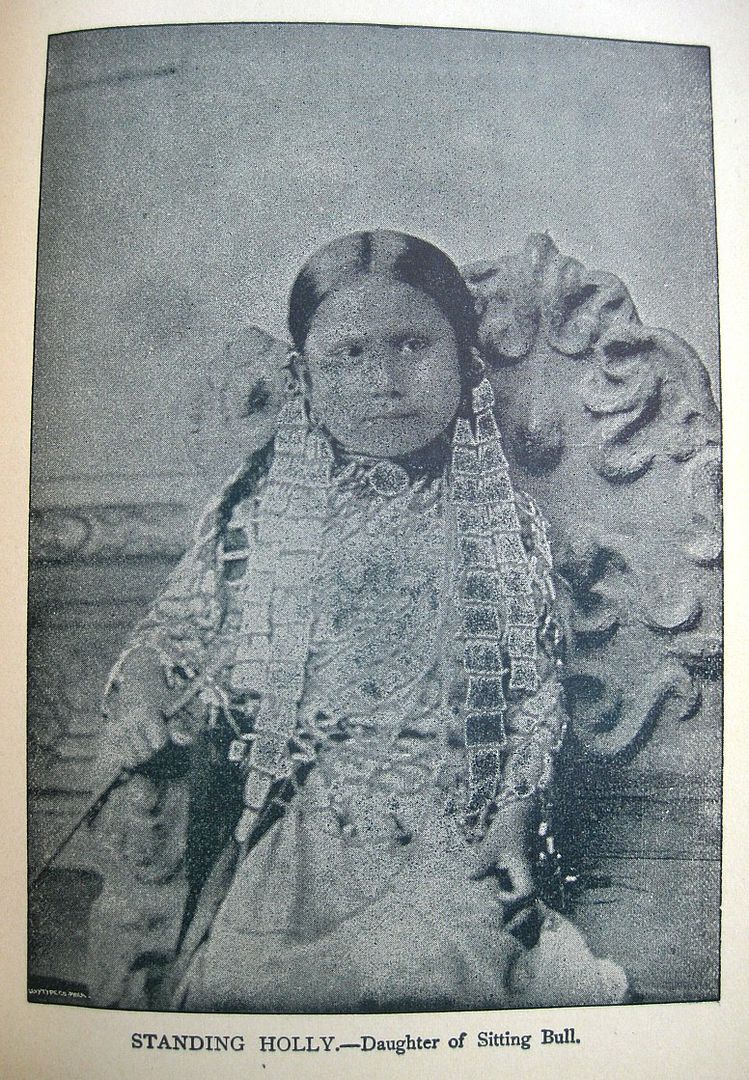
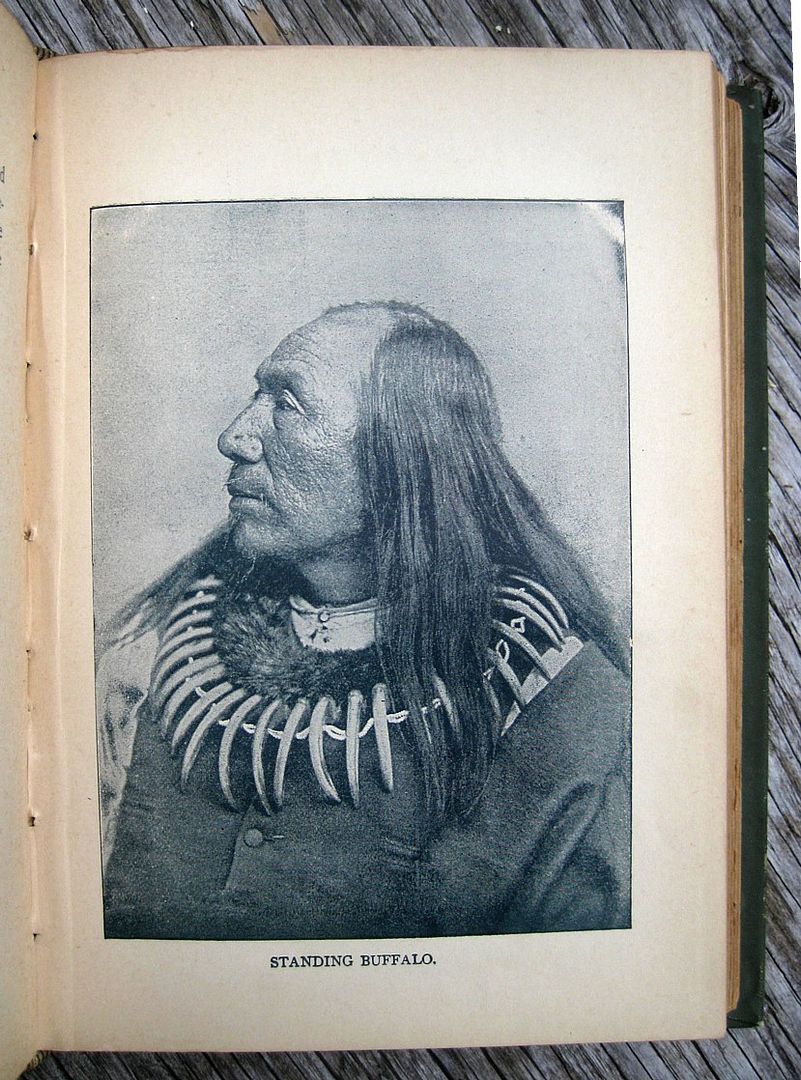
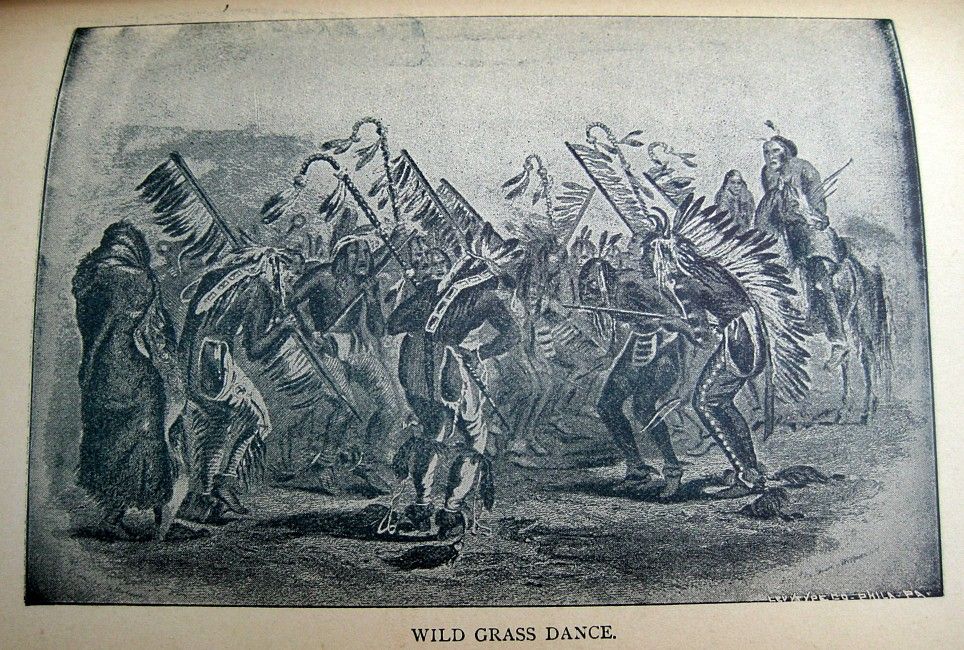
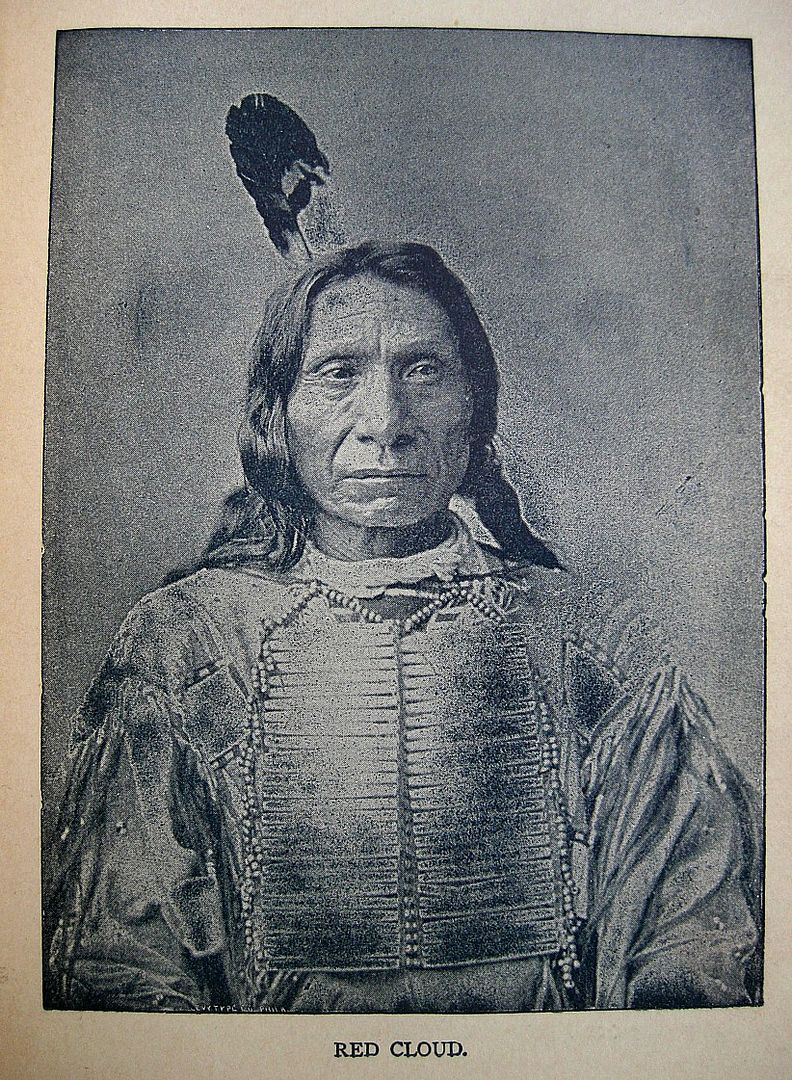
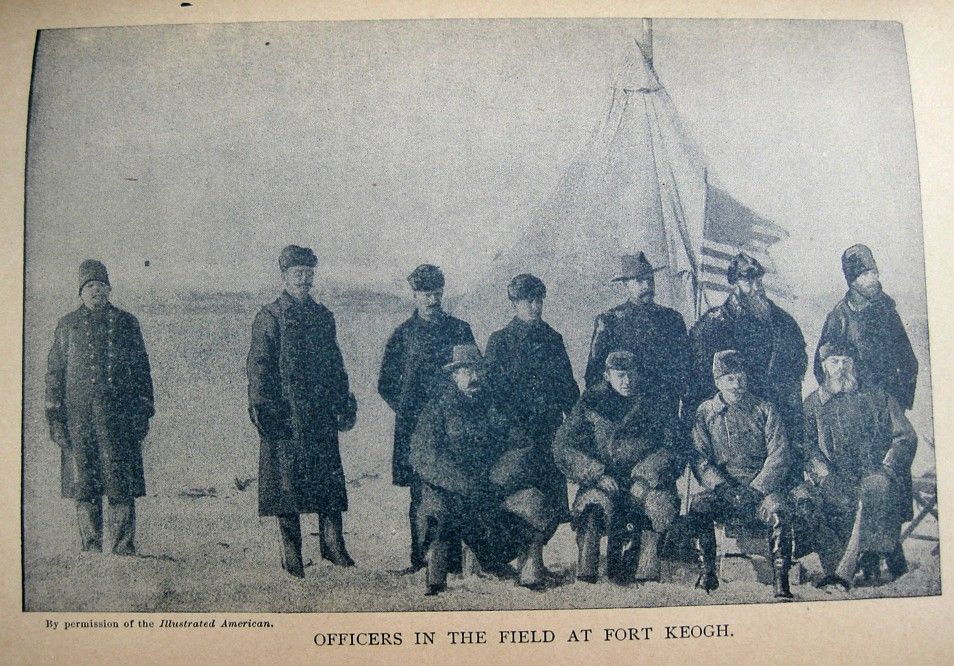

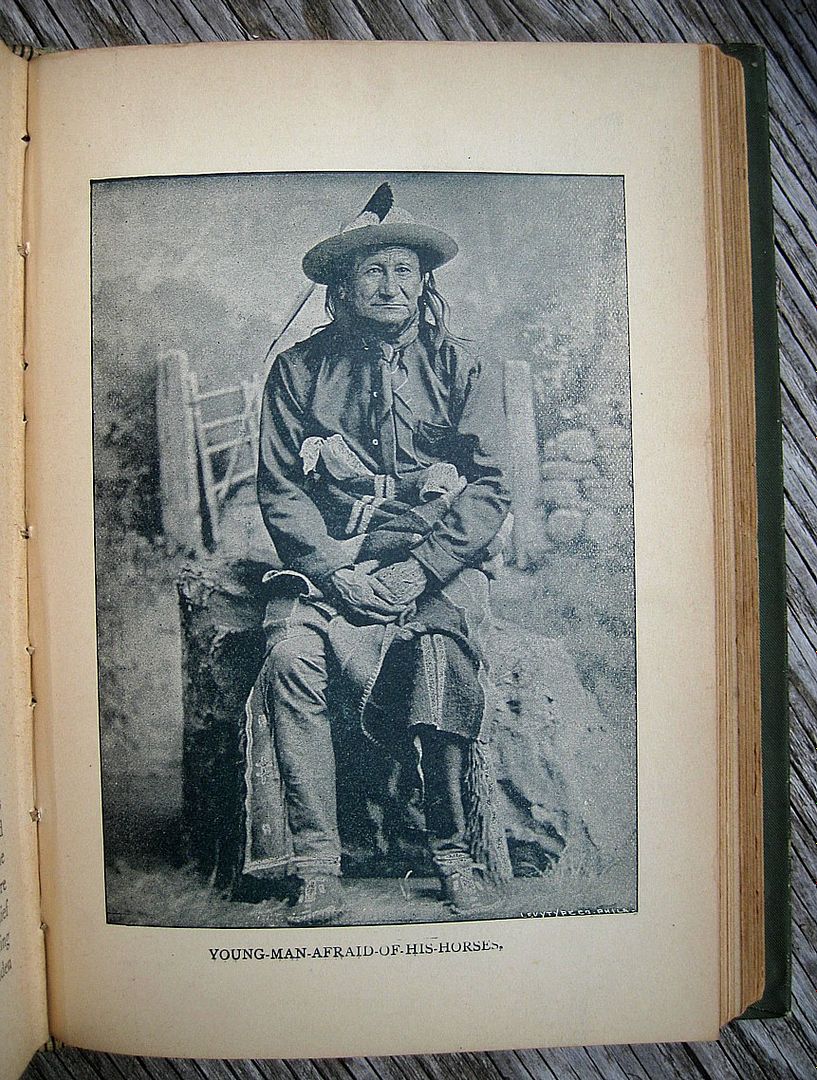


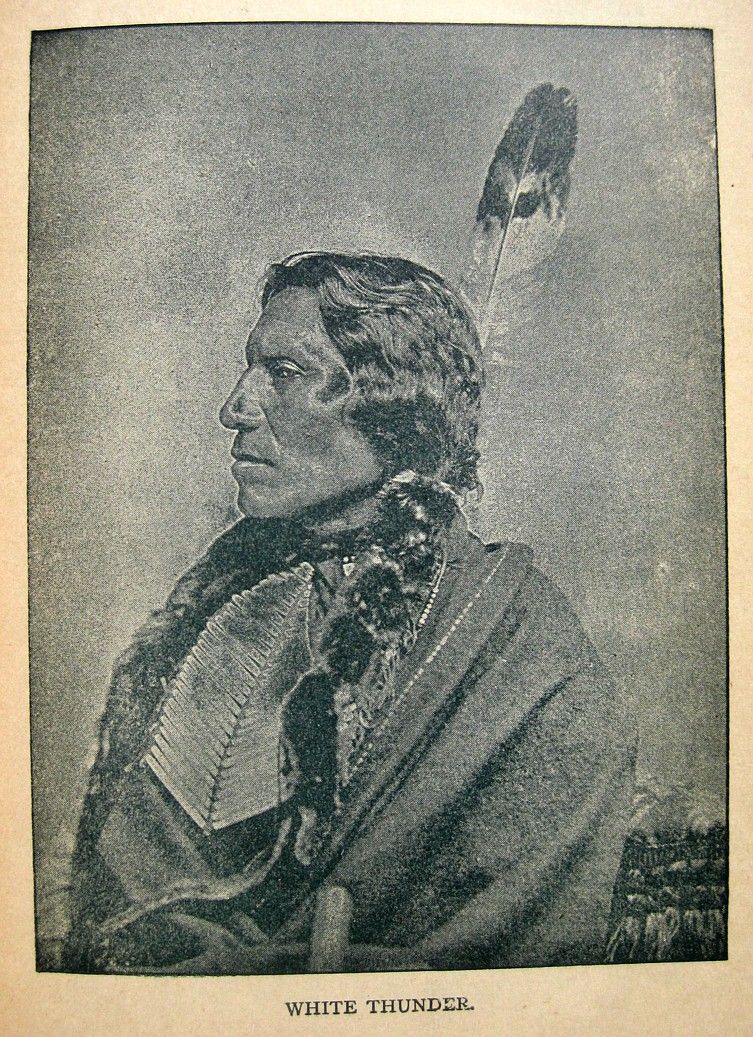
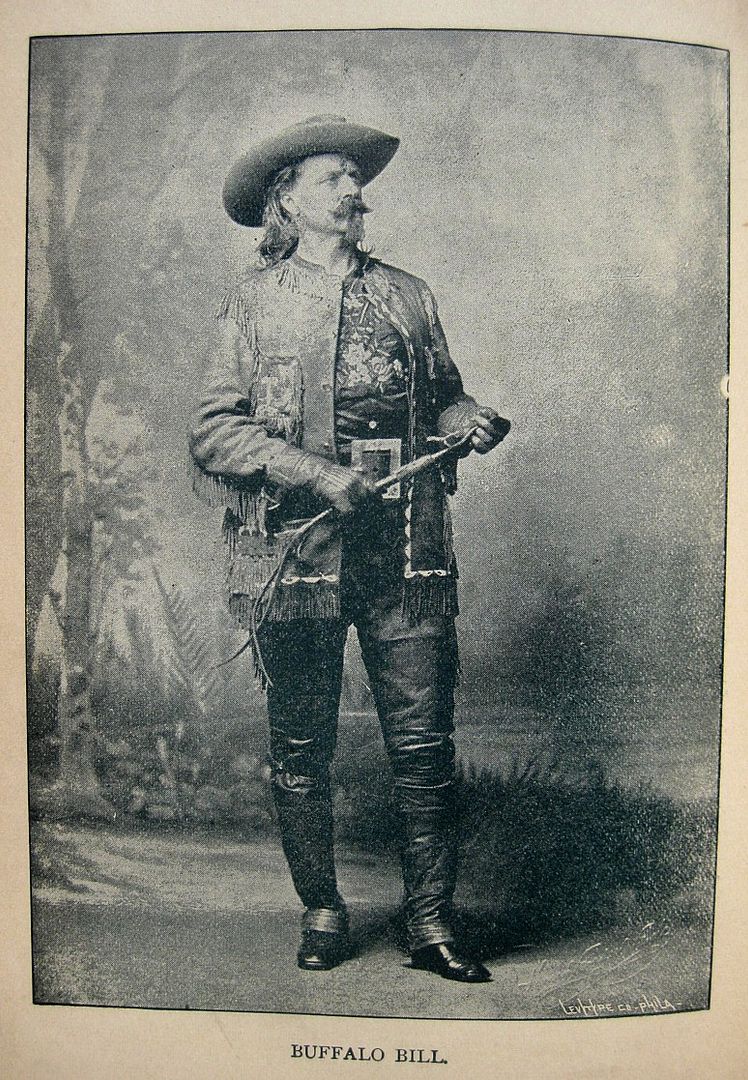
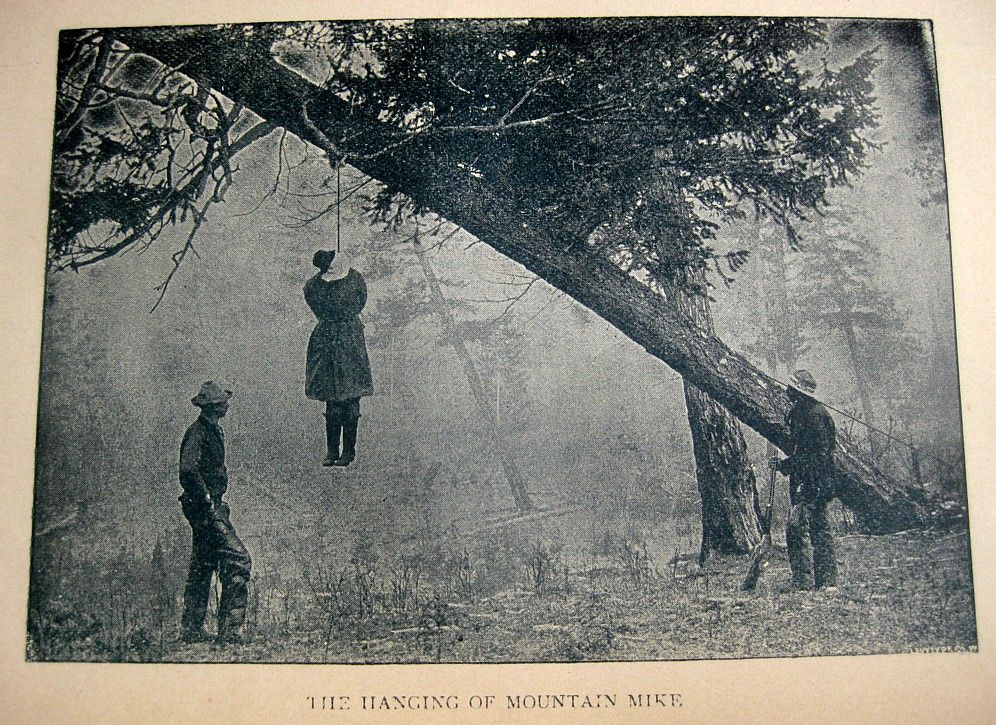
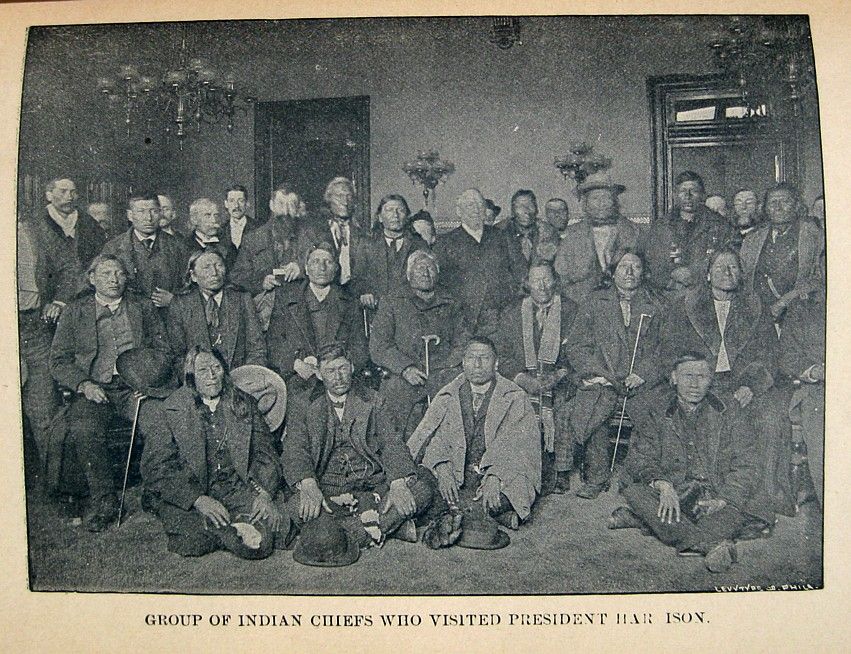
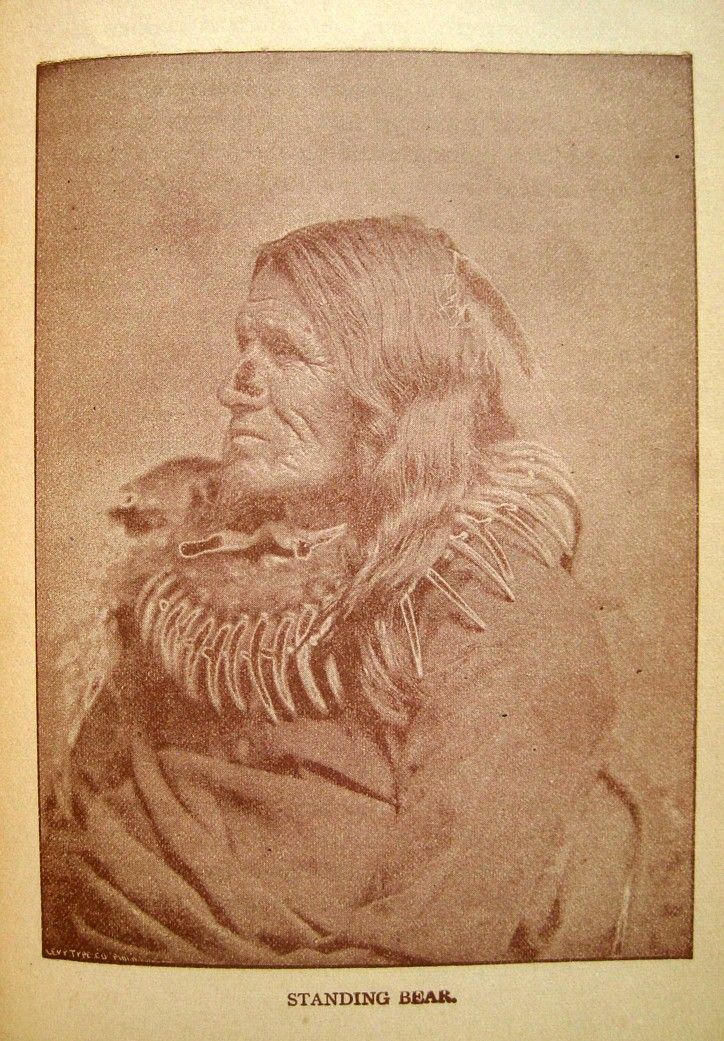

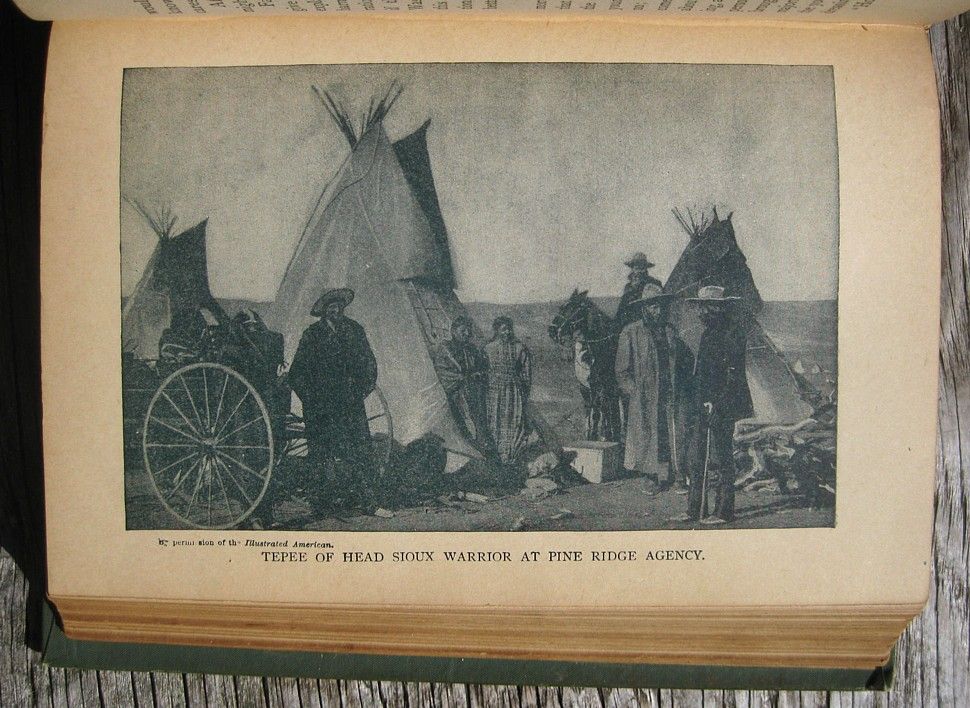
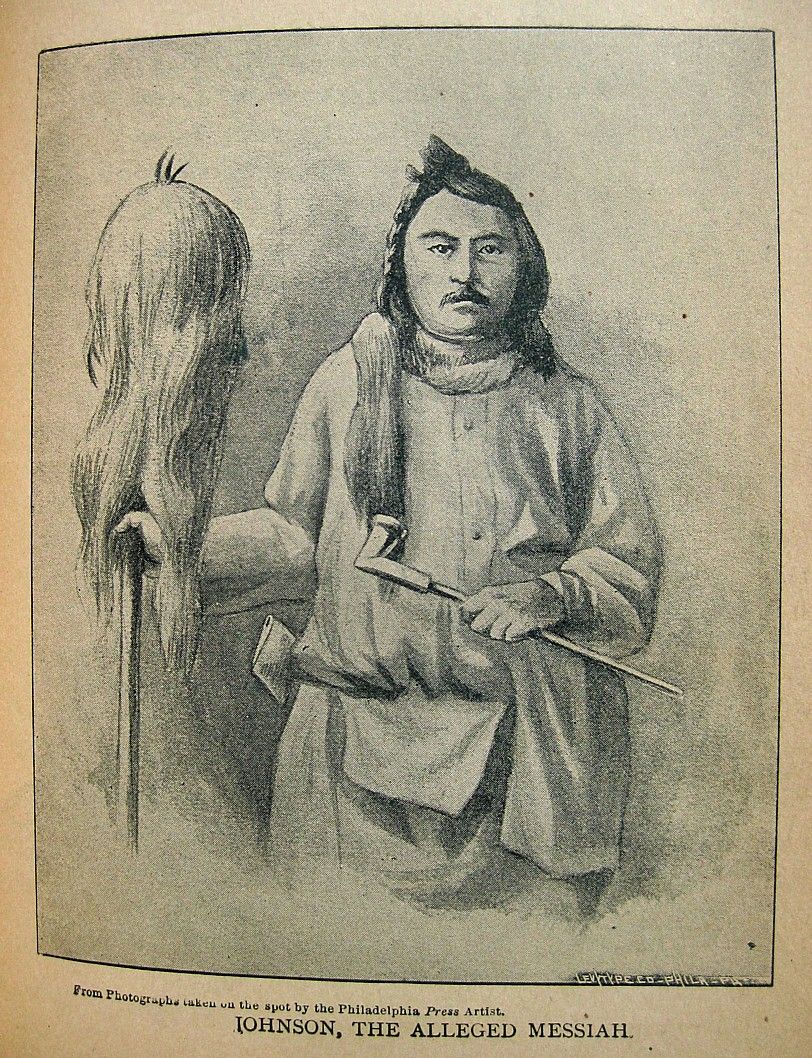
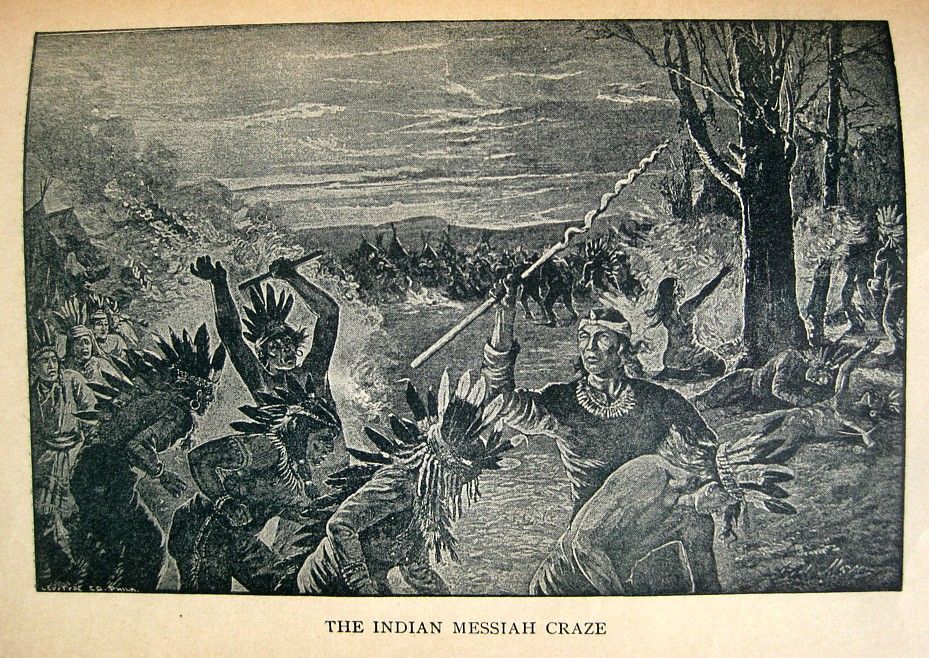


Remember folks, this is an 1891 original. This book is 133 years old.
Check out all the RARE ANTIQUE BOOKS ABOUT THE INDIAN WARS, CIVIL WAR, REVOLUTIONARY WAR AND THE OLD WEST THAT I'M OFFERING ON EBAY THIS WEEK!
Please be sure to add me to your List of Favorite Sellers!
Don't miss out on any of my latest listings. Click here to sign up for the NEETMOK NEWSLETTER!
Winner pays for media mail shipping in the United States of America.
© 2011-2024 by eBay seller neetmok. NEETMOK BOOKS IS A REGISTERED MEMBER OF EBAY’S VERO PROGRAM. Unauthorized use of Item Description Text or Images is a violation of eBay rules, as posted by eBay: "No Copying Allowed! When you prepare your listings you generally should use only material (text, photographs, etc.) and trademarks/names that you created or own yourself or licensed from the owners." Auction page content (i.e., item description text; lists of contents, lists of illustrations/photos; scanned images, etc.) was written/compiled/formatted by eBay seller neetmok and, as intellectual property, is protected by copyright. UNAUTHORIZED USE OF ITEM DESCRIPTION TEXT INCLUDING SUMMARIES OF CONTENTS, ILLUSTRATIONS, ETC., PHOTOS OR OTHER PROPRIETARY INTELLECTUAL PROPERTY IS STRICTLY PROHIBITED AND WILL BE REPORTED TO EBAY’S VERO DEPARTMENT FOR IMMEDIATE ACTION.